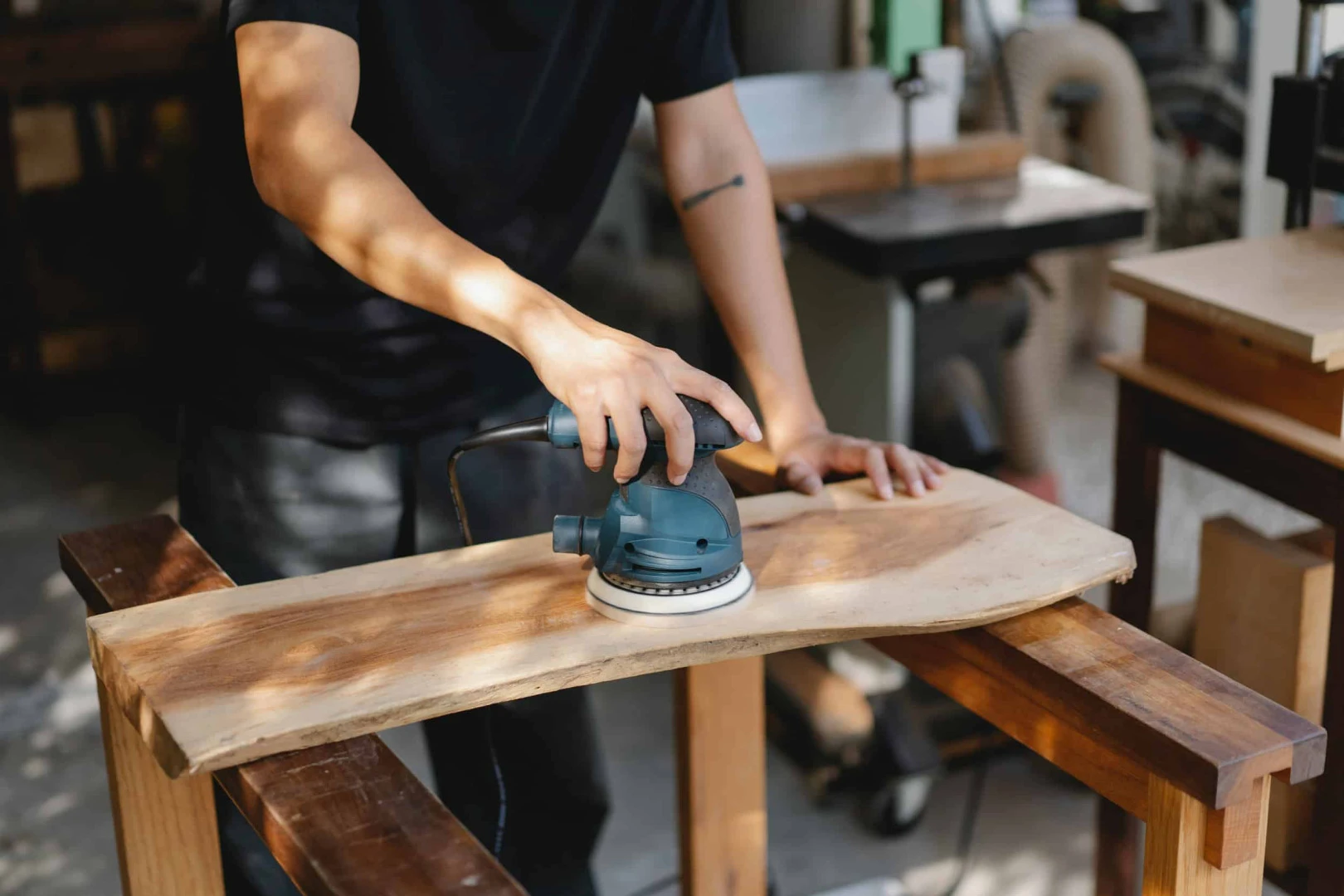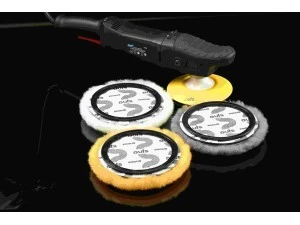Pad skipping is a problem commonly encountered in the production of shoes and other leather products. It causes uneven bumps or gaps to appear on the pad surface. Pad skipping reduces the visual and physical quality of the product, resulting in negative outcomes for both consumers and manufacturers. This issue usually arises from improper cutting, low-quality materials, or inadequate production processes. Pad skipping affects not only the durability and comfort of the finished product but also the user experience. Therefore, understanding the causes of pad skipping and taking preventive measures is crucial for producing high-quality items.
What is Pad Skipping?
Pad skipping occurs when the felt material is not processed properly during production. It is especially common in shoe manufacturing and refers to the pad jumping during polishing or cutting. This issue compromises the aesthetic appearance of the final product and negatively affects comfort and durability. Pad skipping is usually caused by material quality, production technology, or workmanship errors. Such defects can noticeably impact product performance, making it essential to understand and address pad skipping carefully.
Causes of Pad Skipping
Pad skipping can be caused by several factors:
Improper Cutting and Production Processes
If the production process is poorly planned, the felt material may be cut incorrectly, leading to pad skipping. Incorrect cutting can cause uneven application of the material, which then manifests as skipping during subsequent polishing steps. Well-structured production processes are essential to prevent such defects.
Low-Quality Insole and Material Selection
Using substandard insoles and materials can trigger pad skipping. Low-quality materials fail to provide the necessary support during production, causing the felt to jump. For products like lambskin polishing pads, insole quality is critical. Careful material selection ensures durability and performance.
Low Quality Control Standards
Insufficient quality control increases the likelihood of pad skipping. Inadequate monitoring during production allows defects to reach the final product. Poor quality control can result in low-grade materials being used and improper cutting overlooked. Strengthening quality control standards is essential to minimize pad skipping.
How to Prevent Pad Skipping
Several measures can help prevent pad skipping:
Use High-Quality Materials: Ensure insoles and felt are of premium quality.
Follow Proper Cutting Techniques: Implement precise cutting and production procedures to minimize errors.
Invest in Technological Production Processes: Advanced machinery reduces the risk of pad skipping.
Implement Rigorous Quality Control: Regular inspections improve product quality and reduce defects.
Technological Production Process in UFS Pads
UFS pads minimize pad skipping through advanced production techniques. Automated and innovative methods ensure high quality at every stage. Computer-controlled cutting reduces material waste and increases precision, preventing skipping caused by improper cuts. Using high-quality raw materials ensures superior durability and performance. Continuous quality control and improvements make UFS pads a top choice for end users.
Use of Special Insoles
Specially designed insoles play a key role in preventing pad skipping. Unlike standard insoles, these provide proper support and distribute the pad’s weight evenly, reducing the risk of skipping. In lambskin polishing pads, high-quality insoles significantly enhance the production process, improving the comfort and durability of the final product.
Comfortable and Efficient Polishing Experience
A comfortable and efficient polishing experience not only prevents pad skipping but also enhances user satisfaction. The quality of the pad and the suitability of the insole are crucial. To avoid pad skipping, technologically manufactured pads and special insoles should be used. This ensures both a comfortable experience and long-lasting product performance. A smooth polishing process is thus critical for both manufacturers and consumers.



